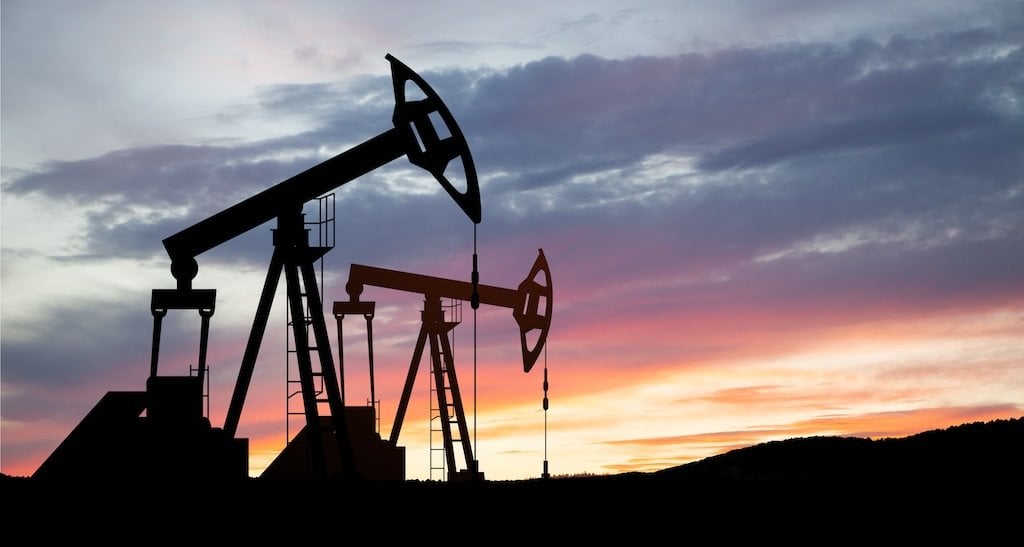While America celebrated the anniversary of its independence, our erstwhile colonizers celebrated the possibility of energy independence. July 4th marked the official opening of the London Array, the world’s largest offshore windfarm. Situated in the outer Thames Estuary off the Kent and Essex coasts, the facility boasts 175 turbines capable of powering two thirds of the homes in Kent. In a statement, British Prime Minister David Cameron said that the project demonstrates that “Britain is a great country to come and invest in, and it’s meant jobs for local people and it means clean, green energy for half a million homes in our country.”
These are not empty words. Britain’s newest windfarm represents an impressive convergence of international innovation. It is owned by Denmark’s Dong Energy, Germany’s E.On, and Masdar of Abu Dhabi, and has the capacity to power 470,000 homes. While the facility had its official ribbon cutting last Thursday, it’s been in operation since April, and is predicted to save 925,000 tons of CO2 per year.
With the London Array, the U.K. reasserts its standing as the world’s leader in offshore wind energy. The second-largest offshore wind farm is off the East Anglian coast, and the Britain already boasts more than 3.6 gigawatts of offshore wind power capacity.
While the project is an important step towards addressing resource scarcity and mitigating climate change, activists are urging governments to accelerate their efforts. As reported by The Guardian, Greenpeace Executive Director John Sauven says that David Cameron needs to do more than “ribbon cut,” insisting that the U.K. must aim to decarbonise its electricity sector by 2030. Will other countries get into the wind race, and if so, will they be able to catch up in time to make a real impact?
UK Inaugurates World’s Largest Offshore Windfarm
While America celebrated the anniversary of its independence, our erstwhile colonizers celebrated the possibility of energy independence. July 4th marked the official opening of the London Array, the world's largest offshore windfarm. Situated in the outer Thames Estuary off the Kent and Essex coasts, the facility boasts 175 turbines capable of powering two thirds of the homes in Kent. In a statement, British Prime Minister David Cameron said that the project demonstrates that "Britain is a great country to come and invest in, and it's meant jobs for local people and it means clean, green energy for half a million homes in our country." These are not empty words. Britain's newest windfarm represents an impressive convergence of international innovation. It is owned by Denmark's Dong Energy, Germany's E.On, and Masdar of Abu Dhabi, and has the capacity to power 470,000 homes.















